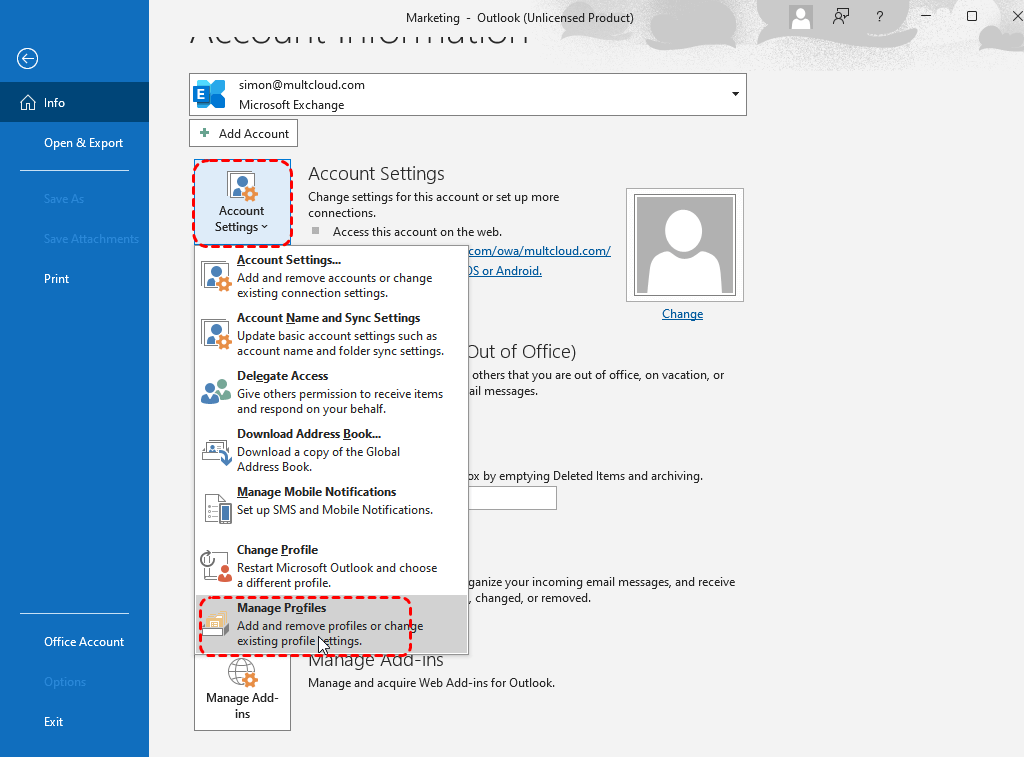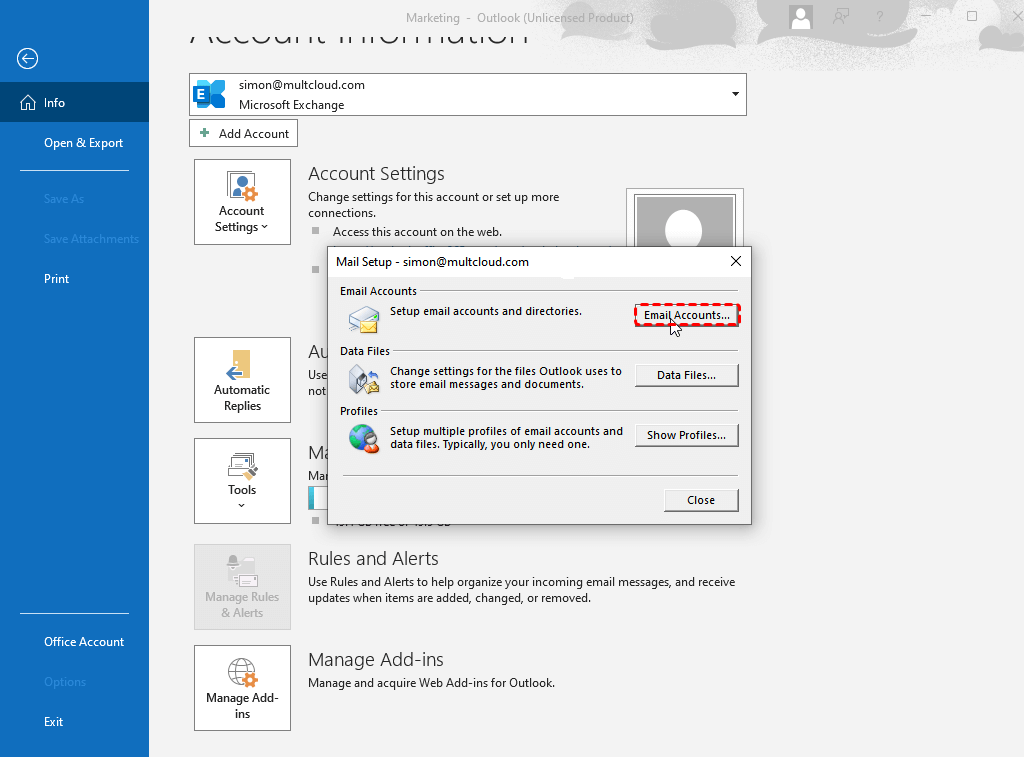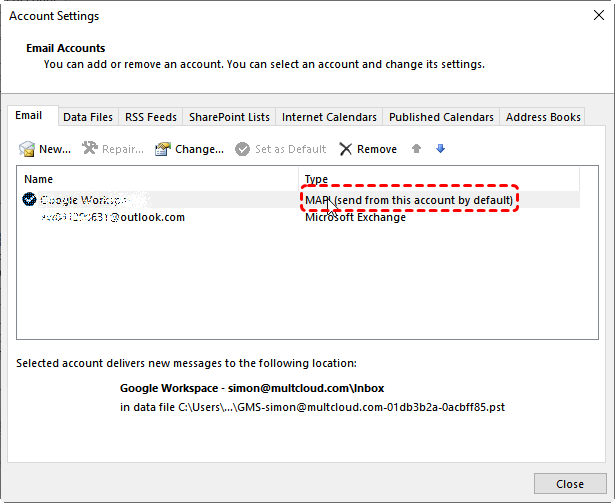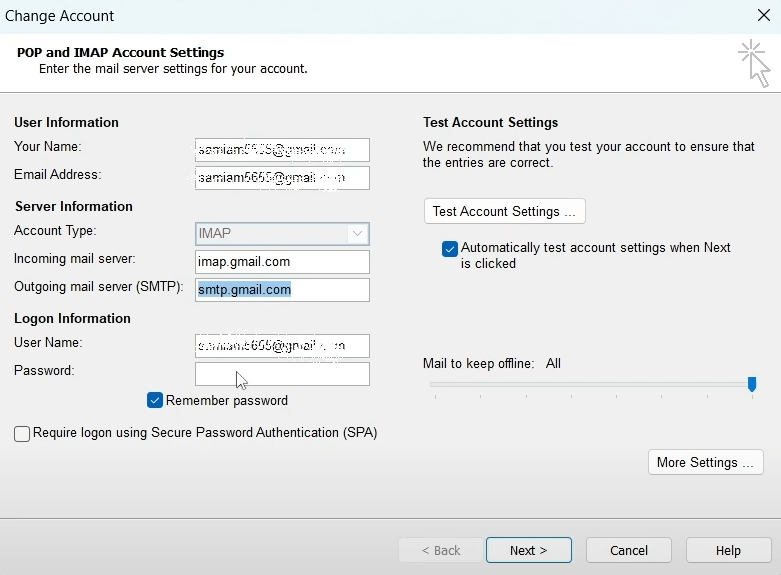Overview of SMTP Server and Its Role in Outlook
An SMTP (Simple Mail Transfer Protocol) server is a fundamental component of email communication. It acts as a mail transfer agent, responsible for sending and receiving emails between different email servers. When you send an email using Outlook, the following steps occur:
- Email Composition: You compose your email in Outlook and click "Send."
- SMTP Server Connection: Outlook connects to your configured SMTP server.
- Email Transmission: The SMTP server receives your email and forwards it to the recipient's email server.
- Delivery Confirmation: The recipient's email server acknowledges the receipt of the email.
Key Roles of an SMTP Server in Outlook:
- Outgoing Mail Delivery: The primary function of an SMTP server is to deliver outgoing emails to their intended recipients. It ensures that your emails are routed correctly and reach their destination promptly.
- Authentication and Security: To prevent unauthorized access and spam, SMTP servers often require authentication. This involves verifying your credentials, such as your email address and password, to ensure that you are authorized to send emails. Additionally, SMTP servers may use encryption protocols like TLS/SSL to protect your email communications.
- Error Handling and Delivery Reports: SMTP servers monitor the delivery process and generate delivery reports. If an email fails to deliver, the server may generate a non-delivery report (NDR) or bounce message, informing you of the reason for the failure.
How to Locate SMTP Settings in Outlook
To locate the SMTP server settings in Outlook, follow these steps:
Step 1. Open Outlook: Launch the Outlook application on your computer.
Step 2. Access Account Settings: Go to "File" > "Account Settings."
Step 3. Choose "Manage Profile": Select "Manage Profiles" from the Account setting drop-down menu.
Step 4. Select "Email Account": In the pop-out window, select "Email Account".
Step 5. Select Your Email Account: Choose the specific email account for which you want to view the SMTP settings.
Step 6. Check for SMTP Server Information: The SMTP server address and port number should be listed here.
Manual Configuration of SMTP Server in Outlook
If your email provider requires manual configuration of SMTP settings, follow these steps:
1. Open Account Settings: Go to "File" > "Account Settings."
2. Select Your Email Account: Choose the email account you want to configure.
3. Change Account Type: Select the appropriate account type, such as POP3 or IMAP, based on your email provider's settings.
4. Enter SMTP Server Details:
- Server Name: Input the SMTP server address provided by your email provider.
- Server Port: Enter the correct port number. Common SMTP port numbers include 25, 465, and 587.
- Encryption Method: Select the required encryption method, such as TLS/SSL or STARTTLS, to protect your email communications.
- Authentication: Enable authentication and provide your username and password to verify your identity.
Automatic Setup for SMTP Server in Outlook
Many email providers support automatic configuration of SMTP settings. If your email provider offers automatic configuration, you can simplify the process by following these steps:
1. Open Account Settings: Go to "File" > "Account Settings."
2. Add a New Account: Click "Add New" and follow the on-screen instructions.
3. Enter Your Email Address and Password: Provide your email address and password.
4. Let Outlook Configure: Outlook will attempt to automatically detect the SMTP server settings and configure your account.
Bottom Line
Understanding SMTP servers and their role in Outlook is crucial for ensuring reliable email communication. By following the steps outlined above, you can effectively configure your SMTP settings and troubleshoot any issues that may arise. If you encounter any difficulties, consult your email provider's documentation or contact their technical support for assistance.
Bonus Tip: How to Manage and Back up Outlook or Gmail Emails
This article addresses the question "how to find SMTP server in Outlook?" If you’re considering backing up your Outlook or Gmail, MultCloud can be extremely useful. Trusted by over 3 million users, MultCloud is a multi-cloud management tool that facilitates the transfer or synchronization of files between various cloud services. Now, it has released the new feature "Email Migration," helping users to convert emails and its attachments from Outlook or Gmail into PDF and save to cloud or local drives.
For instance, you can save your Outlook emails as PDFs to your computer or cloud drives, such as Google Drive, OneDrive, or Dropbox, in bulk. MultCloud also enables you to access and manage all your cloud or Email accounts via a single application. Currently, it supports more than 30 different cloud services, including Google Drive, OneDrive, Dropbox, Box, Google Photos, iCloud Photos, FTP, WebDav, and more.

- Cloud Transfer: MultCloud can transfer files from one cloud service to another directly without downloading and re-uploading.
- Cloud Sync: With MultCloud, you can easily sync two folders between different cloud services in real-time.
- Cloud Backup: You can backup and restore data between different cloud services automatically.
- Instagram Downloader: MultCloud can help you download Instagram videos, photos, reels and stories to local device or remotely upload them to your clouds.
- Email Migration: You can directly back up and save Gmail emails as PDFs to your computer or cloud drive in bulk.
- Manage all cloud accounts in one place: Connect all your clouds to MultCloud and you'll find it so easy to access and manage multiple cloud storage files with a single login.
MultCloud Supports Clouds
-
Google Drive
-
Google Workspace
-
OneDrive
-
OneDrive for Business
-
SharePoint
-
Dropbox
-
Dropbox Business
-
MEGA
-
Google Photos
-
iCloud Photos
-
FTP
-
box
-
box for Business
-
pCloud
-
Baidu
-
Flickr
-
HiDrive
-
Yandex
-
NAS
-
WebDAV
-
MediaFire
-
iCloud Drive
-
WEB.DE
-
Evernote
-
Amazon S3
-
Wasabi
-
ownCloud
-
MySQL
-
Egnyte
-
Putio
-
ADrive
-
SugarSync
-
Backblaze
-
CloudMe
-
MyDrive
-
Cubby



